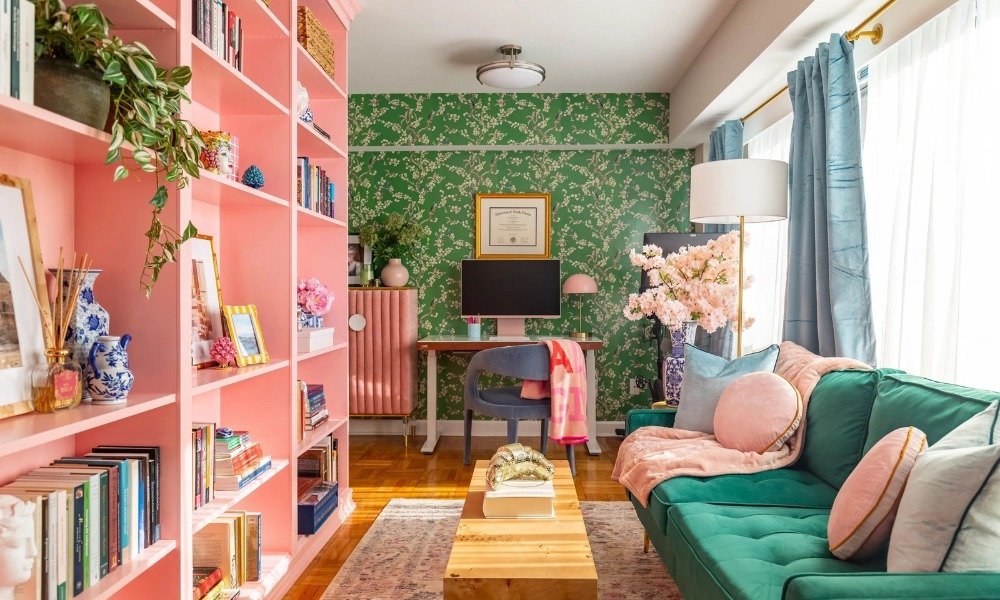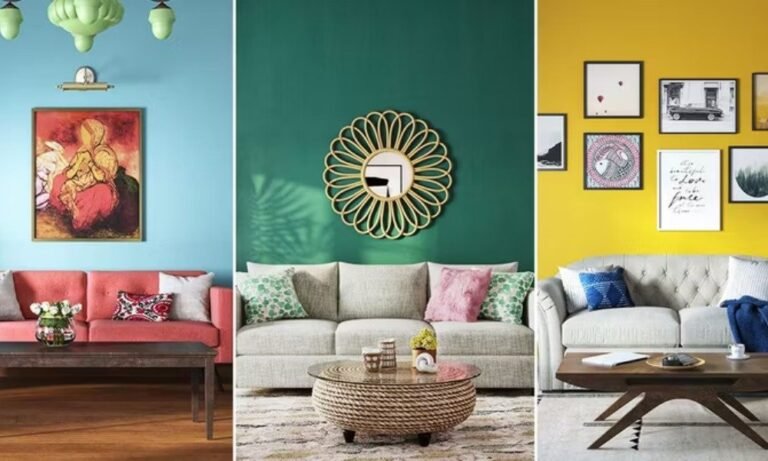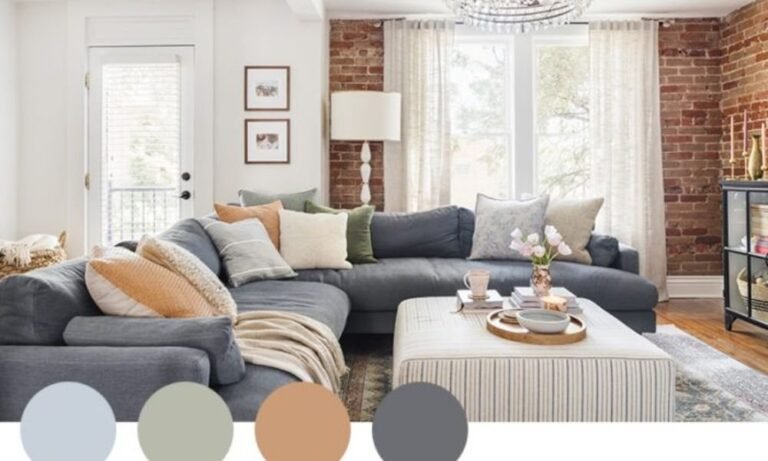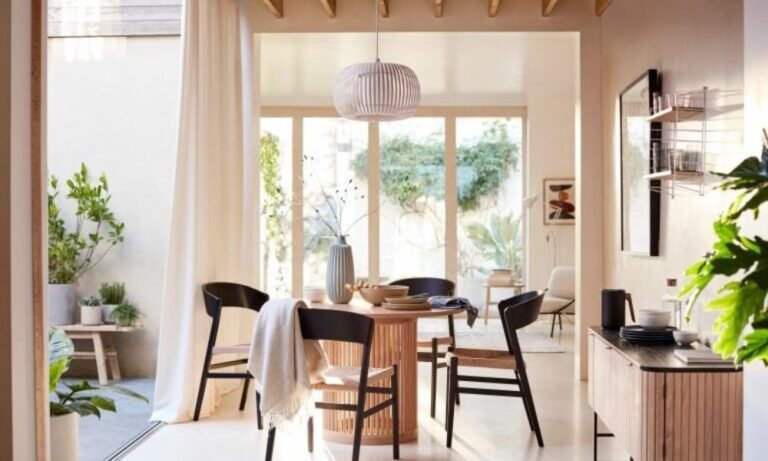Estimated reading time: 6 minutes
Introduction
Living in a compact home doesn’t mean sacrificing style or comfort. I’ve worked on plenty of tight layouts, and with the right approach, even the coziest areas can feel open and functional. The key? Smart design strategies that maximize every inch without making the room feel cluttered.
Whether you’re working with a small apartment, a studio, or a snug home office, the right techniques can completely change how the space looks and functions. Here’s what I’ll cover:
- The best layout strategies for an open, flowing design
- How color and lighting tricks can make a room feel bigger
- Multi-purpose furniture ideas that save space and add function
- Clever storage solutions to keep things neat and organized
- The role of mirrors, rugs, and decor in creating a more expansive feel
Let’s dive in—because when every inch counts, every choice matters.
1. Layout: The Foundation of a Functional Home
The way a room is arranged plays a huge role in how spacious or cramped it feels. Here’s what I always recommend:
- Keep walkways clear – If furniture is blocking natural paths, it makes the area feel smaller. Stick to an open layout where possible.
- Push items against walls strategically – While placing everything against the perimeter may seem logical, it can actually make a room feel boxed in. Instead, float key pieces away from walls for better balance.
- Use zoning techniques – Even in a compact area, defining different sections for sleeping, working, and relaxing helps create a sense of order.
- Opt for fewer but better – A handful of well-chosen items make a room feel airy, while too much furniture leads to visual clutter.
For more inspiration on how to make tight layouts work, check out these smart interior design rules.
2. Color and Lighting: The Secret to an Open Feel

Color and lighting are some of the easiest ways to make a home feel more expansive without moving a single piece of furniture.
Choosing the Right Colors
- Light, neutral tones work best – Whites, beiges, and pastels reflect more light, making walls appear farther apart.
- Monochromatic schemes prevent visual clutter – Too many contrasting shades can make a room feel smaller.
- Accent colors should be used wisely – Instead of bold walls, incorporate rich hues through decor, like cushions or wall art.
Need help selecting the perfect palette? Take a look at this color guide.
Lighting That Enhances Spaciousness
- Layering is key – Use a mix of overhead, task, and accent lighting to create depth.
- Wall-mounted fixtures save floor space – Sconces or hanging lights keep surfaces clear while brightening up the area.
- Mirrors double the light effect – Placing a mirror opposite a window reflects natural light, instantly brightening up the room.
To further enhance your home’s ambiance, explore these expert lighting tips.
3. Smart Furniture Choices: Multi-Functionality is a Must
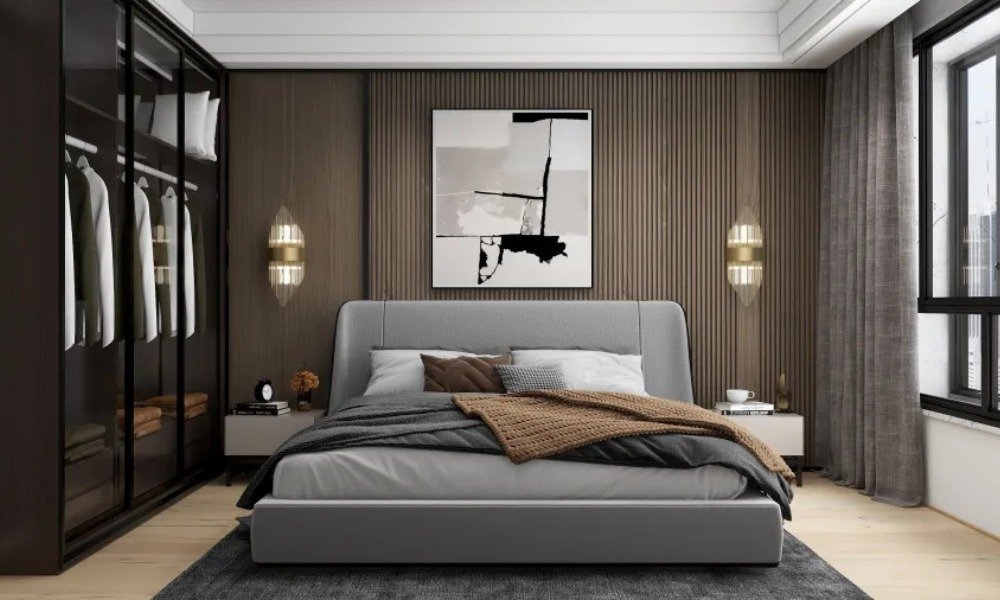
Every piece in a smaller home should serve more than one purpose. The days of bulky, single-purpose furniture are over!
Multi-Use Pieces That Work Hard
- Sofa beds – Great for studio apartments or guest rooms.
- Expandable dining tables – Use them daily, then extend for gatherings.
- Storage ottomans – Perfect for keeping blankets, books, or electronics out of sight.
Floating & Foldable Pieces
- Wall-mounted desks and shelves – They provide workspaces without cluttering the floor.
- Drop-leaf tables – Ideal for dining areas or small kitchens.
- Foldable chairs and nesting tables – Use them when needed, store them when not.
Looking for stylish yet budget-friendly solutions? These budget-friendly interior design ideas are worth checking out.
4. Hidden Storage Hacks: Clutter-Free Living
Nothing makes a room feel more cramped than excess clutter. But smart organization can keep everything looking streamlined.
Vertical Storage: Look Up!
- Use tall bookshelves instead of low, wide ones.
- Install floating wall shelves to hold books, decor, or essentials.
- Hang hooks and pegboards for coats, bags, and kitchen utensils.
Hidden Storage for a Clean Look
- Under-bed storage – Ideal for linens, seasonal clothes, or shoes.
- Furniture with compartments – Coffee tables with hidden sections keep small items organized.
- Back-of-door organizers – Perfect for toiletries, accessories, or cleaning supplies.
For more smart organizing ideas, take a look at these expert storage tips.
5. Mirrors, Rugs, and Decor: The Finishing Touches
The right decorative choices can transform a home without taking up any extra space.
Mirrors for Instant Expansion
- A large mirror visually doubles a room.
- A series of smaller mirrors can have the same effect in different areas.
- Positioning one near a window brightens the entire area.
Rugs Define, Not Divide
- Choose a rug that extends under multiple pieces of furniture—it creates a unified look.
- Avoid tiny rugs that visually break up the floor.
- Lighter tones can help maintain an open feel.
Minimalist Decor for Maximum Impact
- Less is more—stick to a few meaningful pieces.
- Floating shelves keep walls from feeling bare without overwhelming the space.
- A mix of textures (wood, metal, fabric) keeps things visually interesting.
For decor inspiration, see this year’s top home decor trends.
6. Keeping It Organized: A Simple Daily System
Even the best design choices won’t help if clutter takes over. I always follow a simple system:
- Declutter regularly – If you haven’t used it in a year, donate or store it.
- Designate drop zones – A small entryway tray for keys, a basket for mail—simple habits make a big difference.
- Stick to a one-in, one-out rule – Every time you bring in something new, something else should go.
A well-organized home is easier to maintain and instantly feels more spacious.
Conclusion: Smart Choices Make a Big Difference
Making a compact living area feel comfortable and stylish isn’t about having less—it’s about making smarter choices. With a thoughtful layout, the right colors, and multi-purpose furniture, any space can feel more open and inviting.
Key takeaways: ✔ Keep layouts open and functional
✔ Use light colors and layered lighting to enhance spaciousness
✔ Invest in furniture that serves more than one purpose
✔ Use vertical storage and hidden compartments to keep clutter away
✔ Strategic decor choices (like mirrors and rugs) can visually expand any area
A small home doesn’t have to feel limiting. With the right strategies, it can be just as stylish, comfortable, and functional as a larger one.
